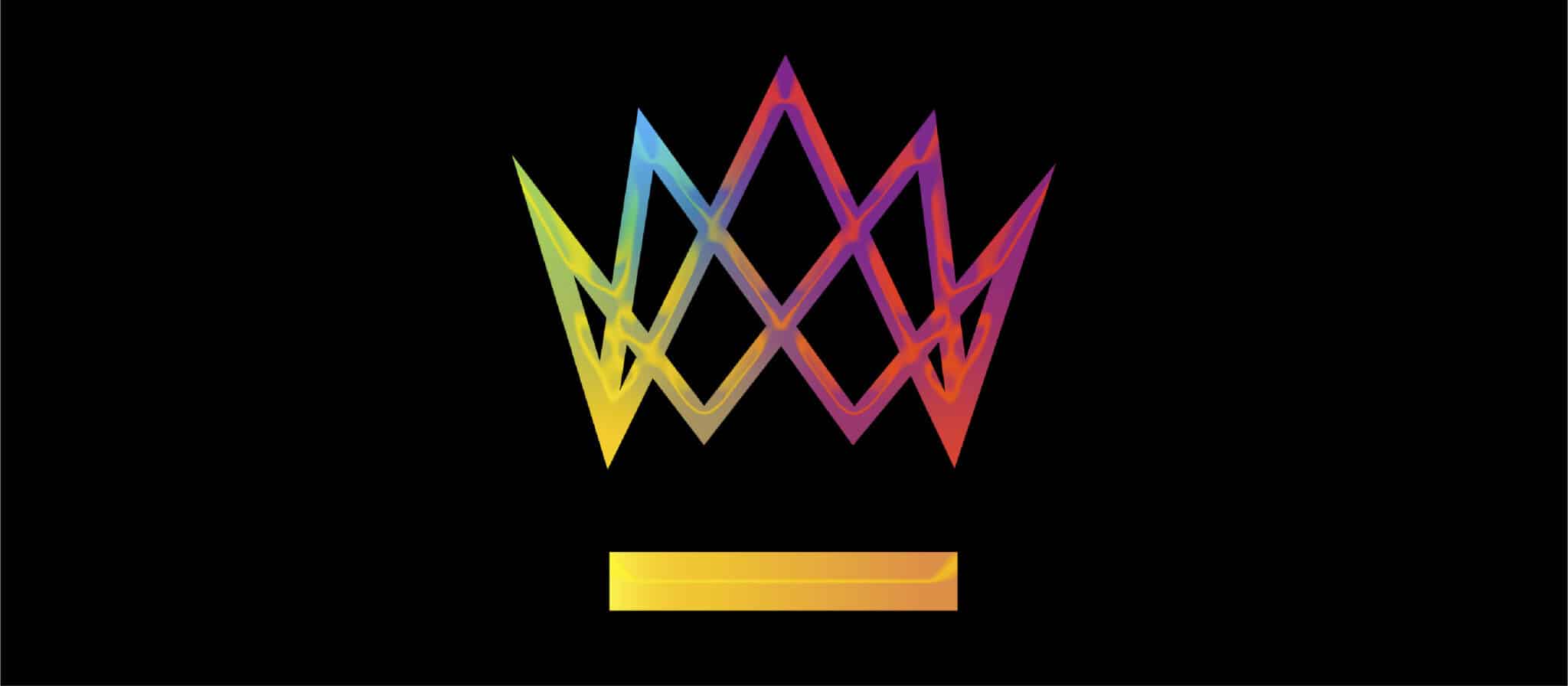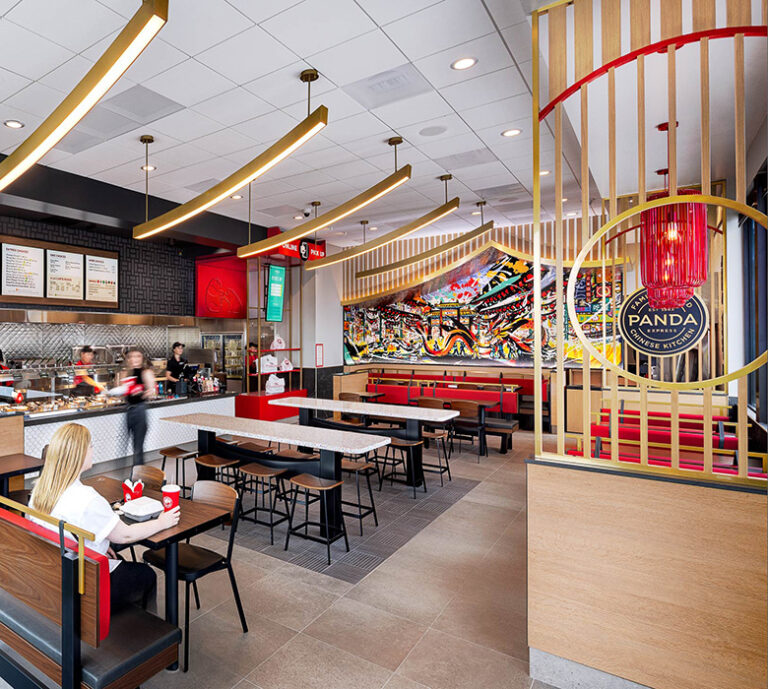What is it that defines a ‘legacy brand’? Is it the recognizable logo, the catchy slogan, or the brand’s historical success? All these pieces have their place in the legacy brand puzzle, but they’re only components of a brand’s identity and it’s important to remember that they’re not all sacred. They may be cherished by many, but what truly makes a brand stand out amongst all others is their ability to resonate with customers and maintain their connection over time. Often, a legacy brand is deeply rooted in their historical narrative, and while it’s important not to lose sight of what made a brand special to begin with, it’s equally as important, some may argue even more important, to embrace change.
While a legacy brand may certainly be considered a leader in its respective industry, its lasting success, in part, is from the ability to evolve to meet customers’ changing needs and desires. These components have helped legacy brands reach their status. But it’s critical to consider where to go from there. How can brands ensure they’re continuing to grow their business, and what takes them from a legacy brand to what we at ChangeUp have dubbed a ‘dynasty brand’?
By our definition, a dynasty brand is a brand that cannot be replaced. They’re icons in their industries, and they don’t simply embrace change—they embody evolution. Dynasty brands stand the test of time, and yet remain in the forefront when it comes to innovation—brands like Nike, Apple, and Coca-Cola. Once they reached legacy status they didn’t stop there—they reflected on their failures and achievements and used that information to propel them into the future.
Dynasty brands are built upon succession. Everything new inherits greatness from whatever came before, but adds something great to pass on to what will come next.
Be real about your challenges
Any brand may have Dynasty brand potential, but there are questions every business must ask themselves. For starters—different brands have different challenges, and the path to taking your brand to the next level may not be in doing more of the same thing. Some brands may have many facets, and the magic may come from focusing on fewer. For others, it may come from combining several positives into one awesome, overarching one.
This is a pivotal moment for a brand, and if you don’t take a good hard look at what is at the core of your appeal, you aren’t doing your brand justice. Consider if you need to reinvigorate your brand and how your audience can be persuaded to view your brand differently. For example, America loves a comeback story! But comeback stories may require a mea culpa, or some acknowledgement that you strayed from your mission. Leaning too hard on heritage may elicit fond memories in older generations, but not be compelling enough to bring them back or attract younger consumers. The answer may lie in resurrecting your brand in a new form that pays homage to your origin, but fits with a vastly different market than “back then.”
A great modern example is the new Ford Bronco. A vehicle that after more than two decades of disappearance, has been resurrected as a “must-have” rugged SUV. The brand identity has remained virtually unchanged, and the styling has a strong family resemblance to the 1966 original, but the experience is cutting-edge 2022 in capability and technology. The brand brings forward the fame and glory of the past as a springboard to an inspired, innovative new vision. Merely bringing back the brand with a mediocre product would have been tragic.
Once you address what makes you great, you’re ready to take a trip down memory lane—focusing on the enriching qualities that made your brand break from the pack from day one.
Remind people of what made you special
Reminiscing can be a slippery slope. It’s easy to get lost in memories and to begin to confuse special with what may seem sacred. There are parts of a brand’s identity that are embedded in its DNA, and they aren’t the pieces you may expect. It’s likely not a slogan, color, or image—often they’ll be founding principles, or something that connects with the audience on an emotional level even if that wasn’t your brands initial intent.
For example, ChangeUp recently partnered with Baskin-Robbins in an effort to reinvigorate their visual identity and brand perception. Founded in 1945 by Burt Baskin and Irv Robbins, the ice cream shop became known for their quality, creativity, fun, and of course their 31 flavors—one for each day of the month!
It was important to keep these founding principles in mind, while engaging with existing Baskin-Robbins loyalists, and appealing to a new generation of customers. We accomplished this by embracing their original mid-century, circus inspired style, while modernizing their look for today’s digitally driven landscape. Despite the refreshed identity, we ensured the BR monogram retained the “31” as a consistent visual ingredient, and one of the reasons folks fell in love with Baskin-Robbins to begin with. Baskin-Robbins successfully identified what originally made them a cherished brand, but they weren’t afraid to make bold changes to their visual identity.
What are you going to be cherished for as a brand? The focus shouldn’t be what you want your brand to be valued for—but rather, what is it that consumers truly value most about your brand. When viewed through this lens a business can make unbiased decisions about which components of their identity are essential, and ones that they are unnecessarily holding onto. By letting go of preconceived notions, making bold changes, and continuously evolving, dynasty brand status becomes attainable.
Embrace change
Change can be challenging, but humans have an inherent need for it. And if you’re not evolving, you’re going to be left behind—this especially holds true for brands. This constant change goes beyond a business’s product or service, it’s about recognizing the difference between special and sacred, and about letting go of preconceived notions. A logo isn’t sacred, colors aren’t sacred—you can change those elements of visual identity and still preserve your brand’s core connection with consumers.
And for a business that isn’t necessarily comfortable with transformation, then what may seem like a big change to internal stakeholders, barely registers for consumers. This is a good reminder to view your brand through the eyes of your customers. They are the brand loyalists and ultimately, they are the ones who determine which brands reach legacy status and those that level up to dynasty.



